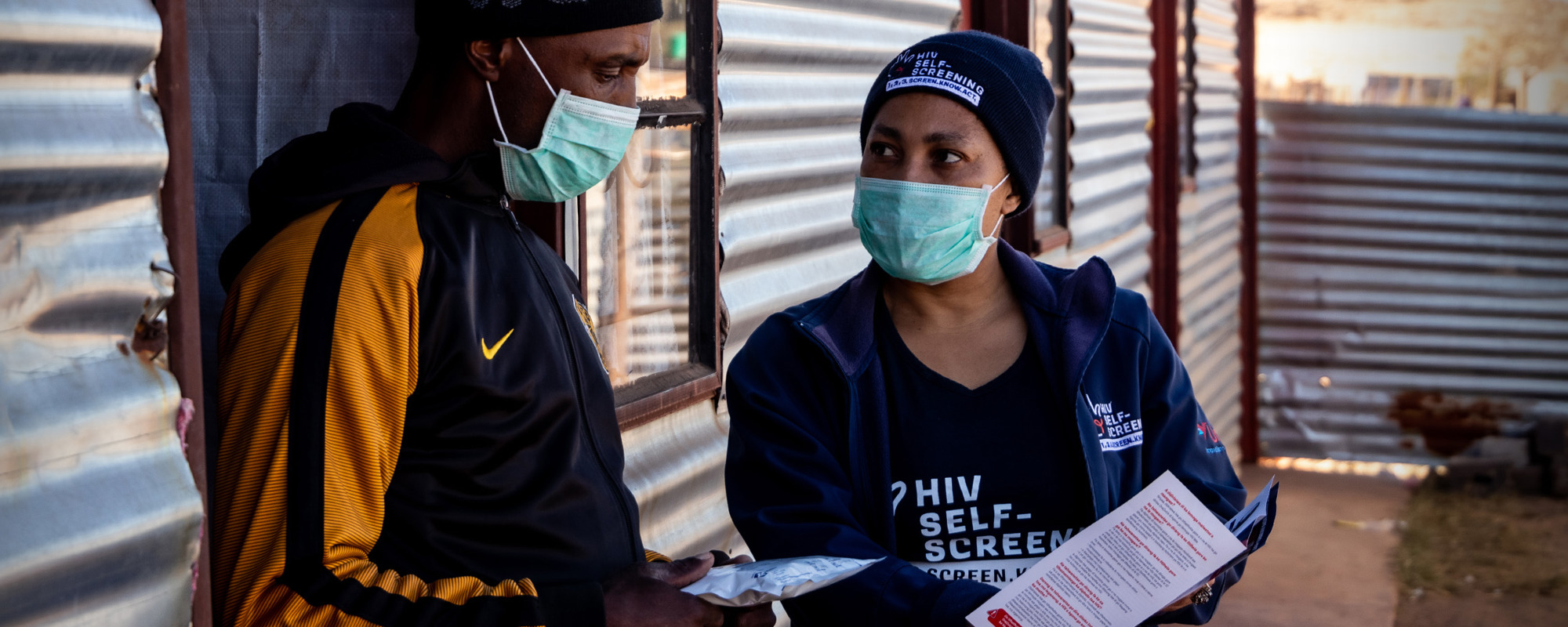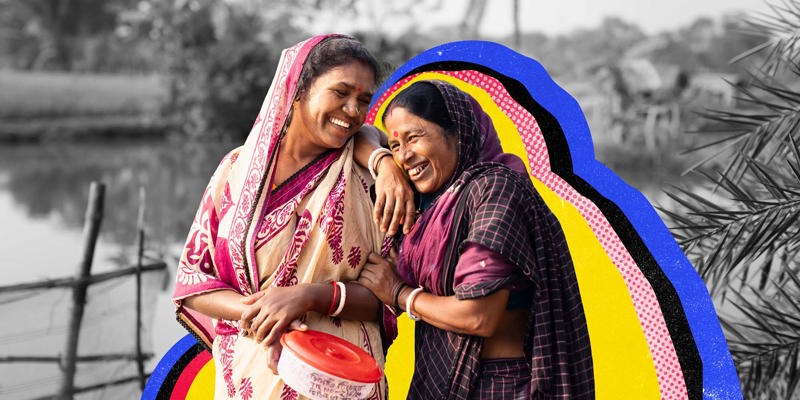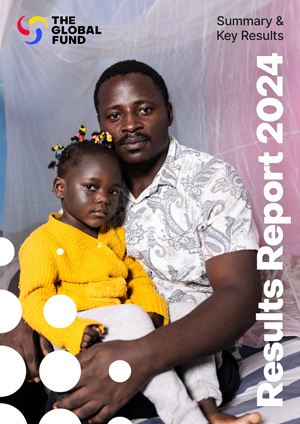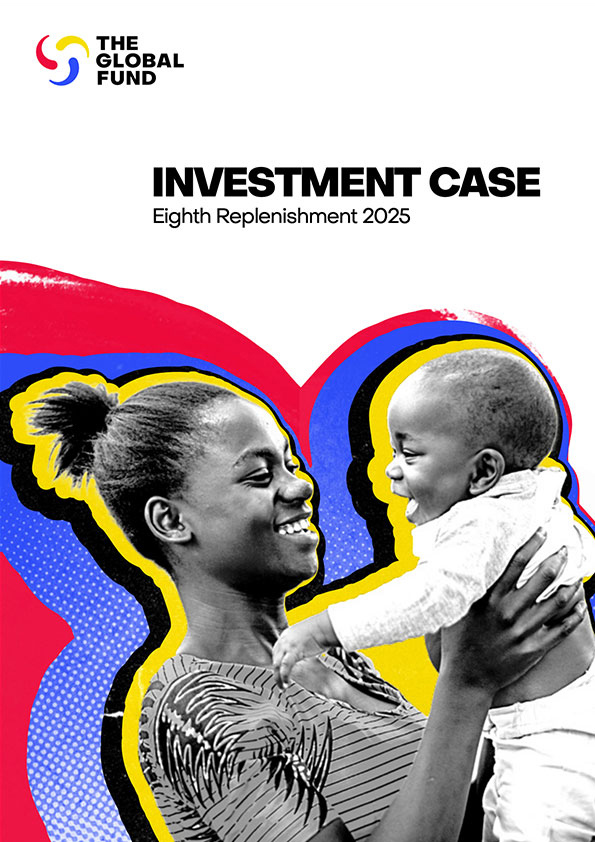

Self-testing: A Vital Tool To End HIV
My first assignment out of medical school was in Burkina Faso. This was in 2004, at the peak of the AIDS epidemic, and it was my first contact with the disease in sub-Saharan Africa. At the time, very few people in the country had access to antiretroviral therapy (ART). The vast majority of patients I saw were diagnosed very late. Few patients survived hospitalization and the few that did would usually die in the year following discharge if they could not access ART.
Back then, I could have never imagined where we would be in the fight against HIV today.
This year marks 40 years since the first cases of AIDS were reported. There were times when the epidemic seemed unbeatable, but incredible progress has been made.
In countries where the Global Fund invests, AIDS-related deaths have dropped by 65% since the Global Fund was created 20 years ago. In 2000 a one-year supply of antiretroviral therapy cost more than US$10,000 – today that figure is as low as US$60 per year.
These achievements are truly remarkable – but the fight isn’t over yet.
Today, inequities, stigma and discrimination fuel infections. COVID-19 has reversed some of the progress made on prevention and testing programs, particularly for people who are already most at risk of HIV. And globally, there are still six million people living with HIV who do not know their status.
Twenty years ago, the primary focus in the fight against HIV was survival – today, we must prevent new infections.
We must ensure everyone knows their status and those who are diagnosed are on treatment and those on treatment are supported to suppress their viral load. People who test negative but are at a high risk of getting HIV should be linked to prevention services.
We must continue to mitigate the impact of COVID-19 on the fight against HIV and scale up efforts to protect services from future pandemics or other disruptions. HIV self-testing is a vital tool to make this happen.
HIV self-testing empowers people who otherwise may not get tested with an option that is safe, confidential and convenient.
For example, across much of southern Africa, men are less likely to visit health facilities and less likely to be tested for HIV. By bringing testing outside of the facility, more men can determine their status. In some cases, a woman could bring a self-test home after visiting a health clinic for her husband to use. In other cases, self-tests are made available at workplaces such as factories, mines or commercial farms.
For key populations such as gay men and men who have sex with men or the transgender community, self-tests can be ordered online or over social media and are delivered to people’s homes. Community centers and peer support groups now provide HIV self-tests and, in some cases, self-tests are even available in vending machines.
Throughout the COVID-19 pandemic self-testing has been a safe way to maintain testing services while limiting contact between people and decreasing congestion at health facilities. Making self-tests widely available also helps protect HIV testing services from future disruptions including pandemics.
Self-tests are easy to perform, accurate and fast – results are provided in just five minutes. And like any other HIV test, if a self-test is positive, it must be confirmed with additional testing.
Because of these proven benefits, the Global Fund is massively increasing investments in HIV self-testing. Through our wambo.org online procurement platform, the Global Fund procured nearly four million HIV self-tests during the first eight months of 2021 alone – a significant increase compared to the 320,000 HIV self-tests procured in all of 2020.
And between 2021 and 2023, the Global Fund will invest US$60 million in HIV self-testing – a fourfold increase compared to what was invested in the previous three years.
If we are going to reach the UNAIDS 95-95-95 testing and treatment targets and the global goal of ending HIV by 2030, we must diversify diagnostic tools, specifically with self-testing, in order to find those who are hardest to reach.
The time to do this is now.
HIV self-testing key facts
- Through our wambo.org online procurement platform, the Global Fund provided nearly four million HIV self-tests globally during the first eight months of 2021 alone. This is an increase of over 1000% compared to the 320,000 HIV self-tests procured in all of 2020.
- The Global Fund will invest $US60 million into HIV self-testing between 2021 and 2023, which represents a fourfold increase compared to what was invested between 2018 and 2020.
- HIV self-tests provide results in only five minutes.
- Over the last 10 years, the number of countries allowing HIV self-testing has increased from only a handful to nearly 100 today.







